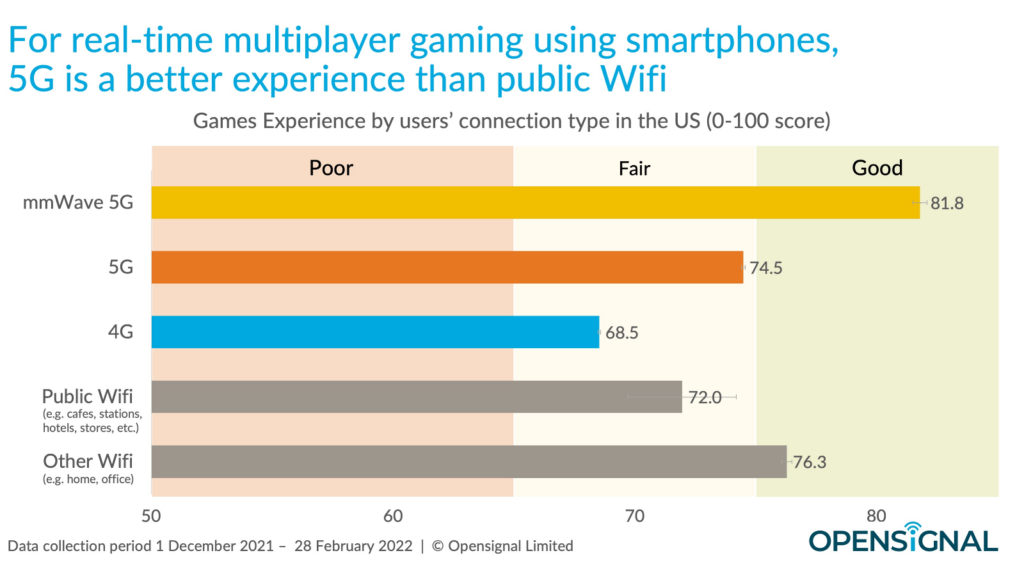Optical computing leverages the speed of light to enhance the efficiency of vector-matrix operations. By utilizing the principles of light interference, parallel computations, a crucial aspect of quantum computing algorithms, can be achieved. This methodology significantly boosts processing speed and overall efficiency.
In a recent research endeavor, physicists from the University of the Witwatersrand (Wits) have integrated quantum computing with classical structured light. They have developed an innovative computing system that utilizes laser beams and everyday display technology, representing a substantial advancement in the pursuit of more robust quantum computing solutions.
The researchers capitalized on the unique characteristics of light for this study.
Dr. Isaac Nape, the Optica Emerging Leader Chair in Optics at Wits, explained, “Traditional computers operate akin to switchboards, processing information through binary decisions. Our approach employs laser beams to simultaneously process multiple possibilities, leading to a significant enhancement in computing power.”
The system constructed by the researchers incorporates laser beams, digital displays, and basic lenses. The breakthrough in optical computing lies in the correlation between how light interacts with optical devices, such as digital displays and lenses, and the mathematical operations in quantum computing.
These operations, primarily involving multiplication and addition using vectors and matrices, are executed at the speed of light. This innovation was validated through the Deutsch-Jozsa algorithm, which determines whether a computer’s operation is random or predictable. Quantum computers excel at solving this problem much faster than classical computers, showcasing the potential of optical computing for achieving quantum speed.
MSc student Mwezi Koni mentioned that this work has the potential to simulate even more intricate quantum algorithms, unlocking new possibilities in domains like quantum optimization and quantum machine learning.
Koni elaborated, “We have demonstrated that our system can handle 16 different levels of information as opposed to the binary system used in classical computers. Theoretically, this capacity could be expanded to manage millions of levels, revolutionizing the processing of complex information.”
This development is particularly noteworthy due to its accessibility. The system utilizes readily available equipment, making it a viable option for research laboratories with limited access to expensive computing technologies.
MSc student Hadrian Bezuidenhout stated, “Light serves as an ideal medium for this type of computing. It moves at an incredible speed and can conduct multiple calculations simultaneously, making it ideal for tackling complex problems that would require traditional computers significantly more time to solve.”
Journal Reference:
- Mwezi Koni, Hadrian Bezuidenhout and Isaac Nape. Emulating quantum computing with optical matrix multiplication. APL Photonics. https://doi.org/10.1063/5.0230335



